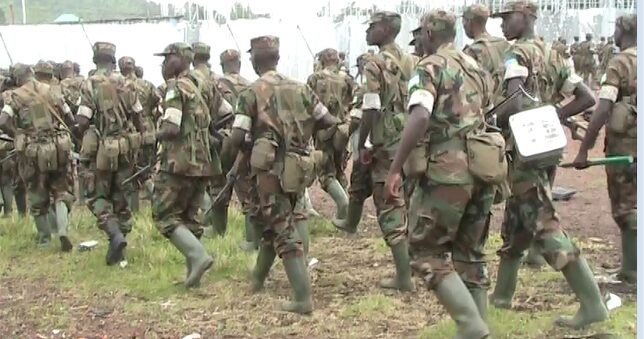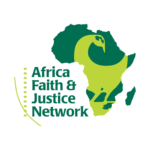
The recent Washington Peace Agreement signed on June 27, 2025 signed between Rwanda and the DRC, with the United States as a witness, provides a rare opportunity to confront the Democratic Forces for the Liberation of Rwanda’s (FDLR) challenge with fresh urgency. Addressing the FDLR issue effectively is not only essential for regional peace but also for removing one of the last pretexts for cross-border hostilities and accusations of invasion.
The question of the FDLR remains one of the most persistent and sensitive issues undermining stability in the Great Lakes Region. Despite multiple regional peace initiatives and security operations, the FDLR’s continued presence in the eastern Democratic Republic of Congo (DRC) continues to serve as both a security concern for Rwanda and a source of tension between Kigali and Kinshasa.
For years, one proposed solution has been for Rwanda to open dialogue with the FDLR.. However, the Rwandan government has categorically rejected negotiations, viewing the FDLR as a purely genocidal organization with no political legitimacy. In the absence of dialogue or a clear path to repatriation, many FDLR members have remained in the DRC, where they are accused of committing abuses against Congolese civilians and, paradoxically, of collaborating with elements of the Congolese army (FARDC)—a dynamic that fuels mistrust and accusations between the two states.
Under the Washington Peace Agreement, Rwanda and the DRC committed to implement a Concept of Operations (CONOPS) that calls for an irreversible and verifiable end to state support for the FDLR and associated militias, and ties the lifting of Rwanda’s defensive posture along its border to the FDLR’s neutralization.
The regional frameworks also emphasize voluntary disarmament wherever possible. Although a definitive quote from the Nairobi-led process explicitly employing the phrase “voluntary disarmament of the FDLR” in recent high-level texts was not found in the sources searched, several reports and communiqués reflect that regional actors (including EAC, SADC, ICGLR) prefer to encourage peaceful surrender and reintegration of combatants. For example:
On February 7, 2025, during a joint EAC-SADC leaders’ meeting in Dar es Salaam, leaders approved a harmonized plan for the neutralisation of FDLR and emphasized peaceful resolution through the Luanda and Nairobi peace processes.
Statements from regional bodies have repeatedly urged that those members of FDLR who agree to lay down their arms voluntarily should be given favorable conditions, with military intervention considered only if voluntary disarmament fails.
Without rehearsing why both “voluntary” disarmament and forcible disarmament have often functioned as political appeasement rather than genuine solutions—as seen in earlier operations such as Umoja Wetu—we can nevertheless build on this unstable foundation to construct a robust peace framework. The question is, what attractive incentives are there for FDLR members to want to respond to the call.
One viable and politically pragmatic approach would be to relocate remaining FDLR members—particularly those unwilling or unable to return to Rwanda—to third-party host countries under international supervision. This option would simultaneously disarm the group, reduce tensions between Rwanda and the DRC, and eliminate the security justification for continued conflict. The United States, in partnership with international allies, could play a catalytic role by facilitating this process and offering limited resettlement opportunities or coordination with willing host nations.
Addressing the issue of accountability remains vital. Many of the older FDLR members who participated in the 1994 genocide are now in their advanced years. Justice for their victims must not be forgotten. Any relocation plan should therefore include mechanisms for screening and prosecuting individuals responsible for atrocities through any court except Rwandan courts. Such accountability measures would ensure that justice and reconciliation go hand in hand, rather than allowing political expediency to eclipse the rights of survivors.
At the same time, the DRC’s repeated accusations that Rwanda “recycles” repatriated FDLR fighters—sending them back into Congolese territory to destabilize the country—underscore the urgency of a transparent, verifiable process. A clear, internationally monitored disarmament and relocation program would address these mutual suspicions, build confidence, and help both countries move toward a genuine normalization of relations.
Ultimately, lasting peace requires political courage on both sides. While the FDLR cannot be allowed to operate indefinitely as an armed group in foreign territory, a durable solution also demands addressing the political and humanitarian dimensions of their existence. Dialogue—however difficult—remains the most sustainable path to ending a decades-long cycle of mistrust, scapegoating, and violence.
